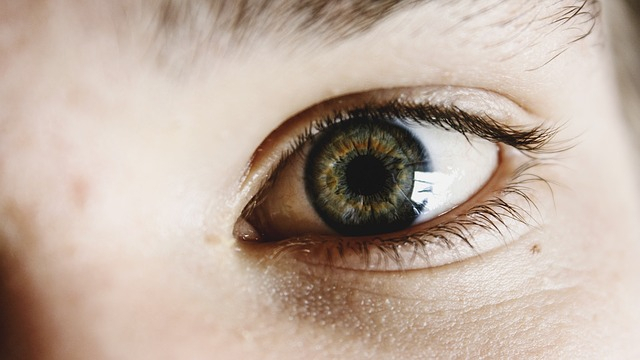A study published in the journal Biological Psychology has found that a patient's eye can divulge if they have suffered traumatic experiences in the past. Post-traumatic stress disorder, which is commonly known as PTSD, is when an individual has experienced traumatic events such as combat stress, accidents, or abuse.
Aimee McKinnon, author of the study said in a statement, "The findings allow us to understand that people with PTSD are automatically primed for threat and fear responses in any uncertain emotional context, and to consider what a burden this must be to them in everyday life."
Looking for Traces of Trauma

For the study, the research team looked for traces of these traumatic events in the eyes of patients who were suffering from PTSD by measuring the pupil of the eye. The participants were shown threatening images such as vicious animals or weapons, as well as other images that showed neutral events, or even pleasant images.
The response of people with PTSD was different from other people, including people who had been traumatized but did not have PTSD. At first, the pupil failed to show the normal sharp constriction that is caused by changes in light level - but then their pupils grew even larger to the emotional stimuli than for the other participants.
Response to Positive Stimuli
Another unexpected result was that pupils of the patients with PTSD not only showed an exaggerated response to threatening stimuli but also to stimuli that depicted "positive" images, such as exciting sports scenes.
"This shows that the hyper-response of the pupil is in response to any arousing stimulus, and not just threatening ones," said study co-author Nicola Gray from Swansea University. "This may allow us to use these positive pictures in therapy, rather than relying upon negative images, that can be quite upsetting to the patient, and therefore make therapy more acceptable and bearable," she added.
According to the researchers, this idea now needs testing empirically before it is put into clinical practice. "If someone with PTSD is faced with any high-level of emotional stimulation, even if this is positive emotion, it can immediately trigger the threat system," the study authors wrote. "Clinicians need to understand this impact of positive stimuli in order to support their service-users overcome the significant challenges they face," they noted.
(With inputs from agencies)









